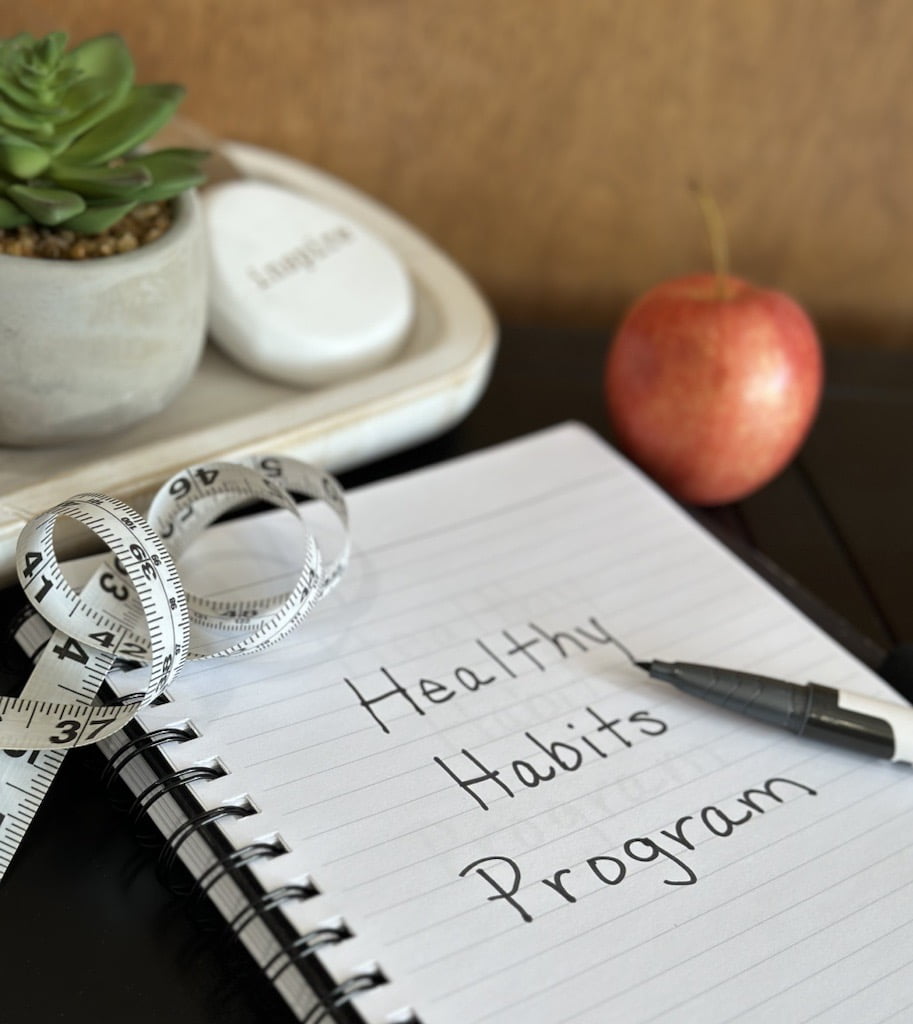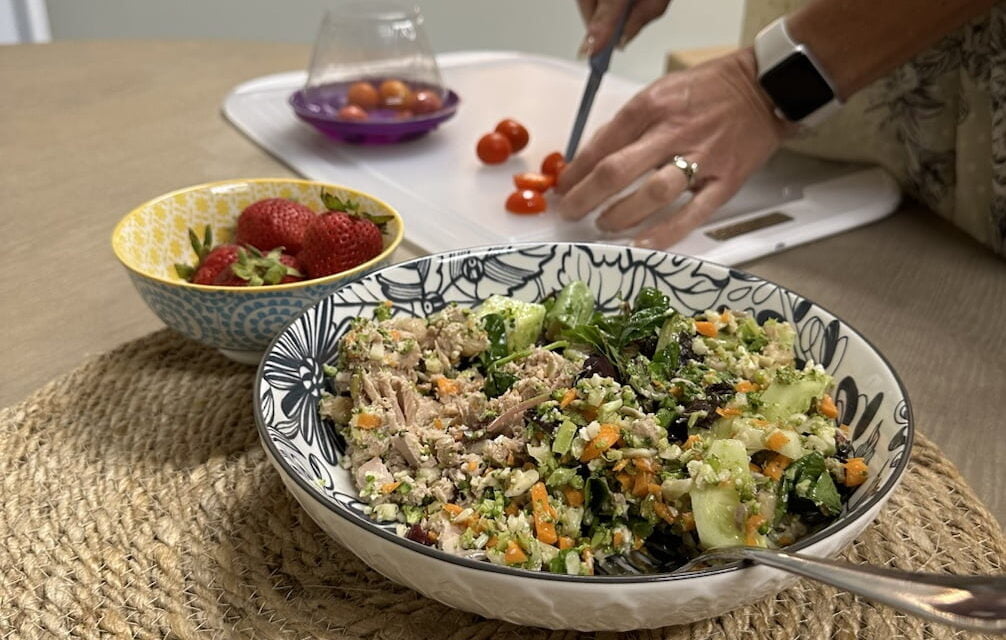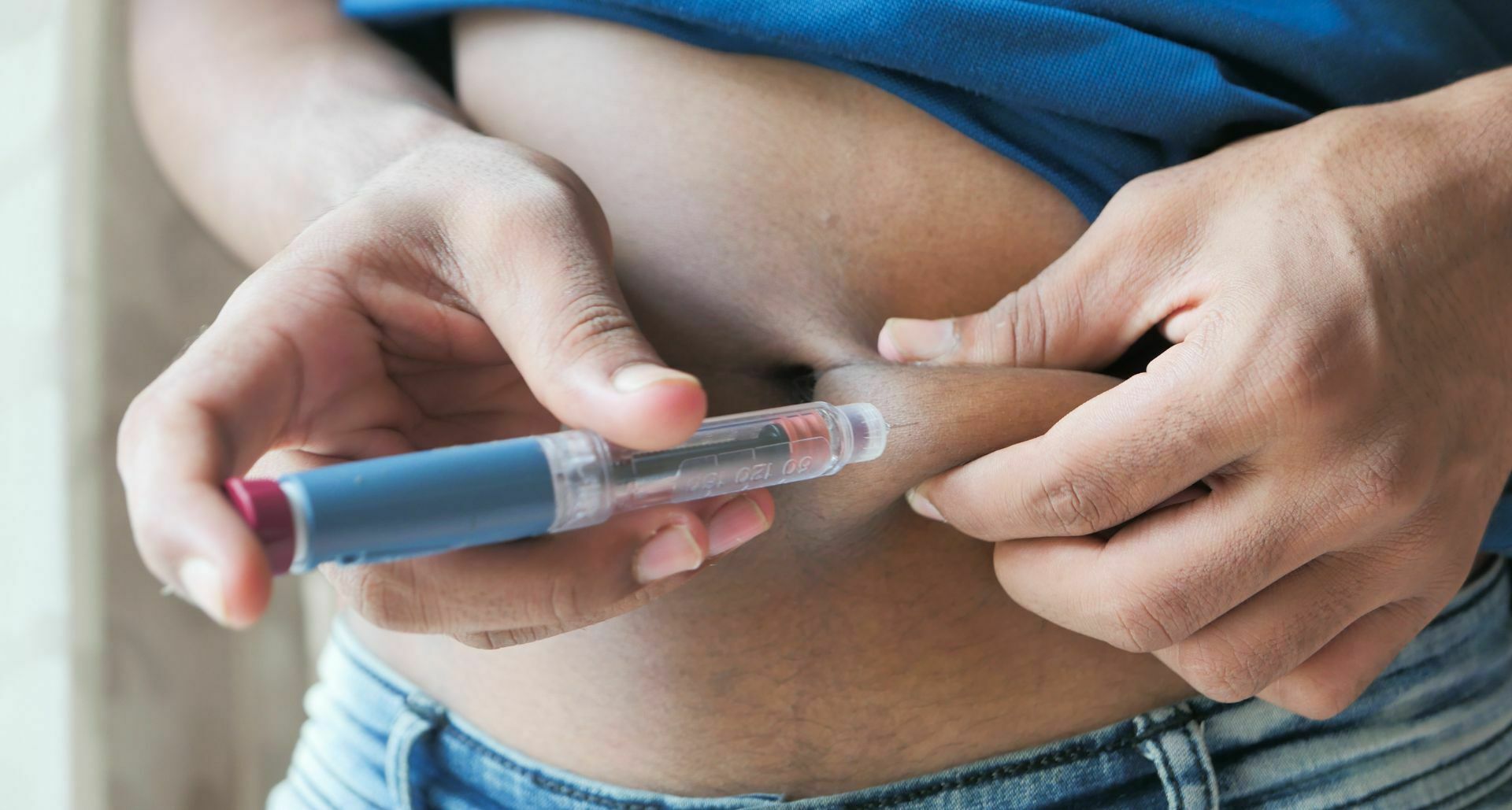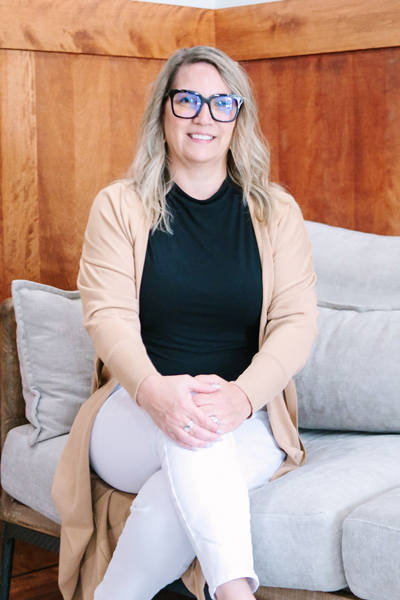Your body, your journey, your pace. At Lifestyle Wellness Clinic in Baxter, MN, the philosophy is simple: each person deserves a wellness plan as unique as they are. Rather than one-size-fits-all programs, they use customized protocols, evidence-informed therapies, and coaching support to help clients lose weight, regain energy, and cultivate healthier habits.
In this post, we’ll dive into what makes a wellness clinic truly effective in the modern era: combining medical tools with holistic support, guiding behavior change, and honoring both safety and individual differences. Use it as a reference in evaluating wellness programs, or as a thoughtful guide if you’re researching options for yourself or a loved one.
What Sets Modern Wellness Clinics Apart
Many “weight loss” or “wellness” offerings are gimmicky or overly narrow. A clinic that aims for lasting impact, however, does a few key things differently:
- Personalization over protocol. Most clients respond best when you tailor plan elements to metabolism, history, lifestyle, and readiness, rather than pushing everyone through the same machine.
- Multimodal therapies. A single tool rarely suffices long term. Combining medical treatments, body therapies, coaching, and behavior change strategies increases odds of success.
- Safety, monitoring, and medical oversight. Treatments like GLP-1 medications (e.g. semaglutide) or other advanced therapies require appropriate oversight, monitoring, and integration with one’s health profile.
- Behavioral support & coaching. Without sustained behavior change, results often fade. Ongoing coaching, check-ins, and habit development are critical.
- Transparency & realistic expectations. A quality center clarifies risks, limitations, and that results may vary.
Lifestyle Wellness Clinic embraces many of these principles. Their therapies list includes Styku 3D body composition scanning, lymph drainage, FAR infrared sauna, invisa-RED (red/infrared laser), vibroacoustic therapy, bioenergetic assessment, semaglutide, PEMF, tirzepatide, and advanced facial options. Their “Weight Loss Programs / Therapies” pages show the breadth of what they offer.
Core Components of Their Approach
Let’s break down how the different pieces of their process fit together, and why they matter.
1. Baseline Assessment & Metrics
Before change begins, you need a baseline:
- Body composition & 3D scanning (Styku). This goes beyond the scale to track fat, lean mass, and even posture or asymmetries.
- Bioenergetic / energetic assessment. Though in the more holistic domain, such assessments can flag imbalances or stress zones to guide therapy choices.
- Lifestyle / habit inventory. Past histories, sleep, stress, nutrition, medical background—these data help shape the plan.
With baseline data, clinicians can see what’s changing over time, fine-tune protocols, and prevent “invisible drift” when effort feels good but metrics stall.
2. Therapeutic & Medical Interventions
These are the tools to accelerate progress (when used wisely):
- invisa-RED / red & infrared laser therapy. Noninvasive treatment meant to stimulate fat metabolism, lymphatic flow, and subtle tissue remodeling.
- Semaglutide / GLP-1 therapy. A medication increasingly used in weight management (with medical supervision). Lifestyle Wellness includes this among their options.
- Tirzepatide. A newer combined GIP/GLP-1 therapy showing promise in clinical settings. It’s among their listed services.
- PEMF (Pulsed Electromagnetic Field). Intended to support cellular repair, circulation, and inflammation modulation.
- Infrared sauna, lymph drainage, vibroacoustic therapy. These methods support detox, circulation, relaxation, and systemic balance.
The clinic’s approach suggests those tools aren’t silver bullets, but adjuncts to habit change and nutritional strategy.
3. Coaching, Habit Support & Behavioral Reinforcement
Therapies provide momentum, but sustainable change usually comes through consistent habits. Here’s how coaching supports that:
- Weekly or frequent check-ins to troubleshoot nutrition, sleep, stress, and motivation
- Adjustments based on progress, plateaus, or personal obstacles
- Accountability, education, and feedback loops
- Integration with metrics (scans, labs, symptom tracking) to keep you honest and adaptive
Lifestyle Wellness Clinic features a “Healthy Habits Lifestyle Coaching Program” that includes guidance on stress, movement, nutrition, and better routines.
4. Monitoring, Adjustment & Accountability
Even the best plan needs calibration:
- Regular re-assessments (body scans, measurements, subjective feedback)
- Dose or therapy adjustments based on progress or side effects
- Maintenance or “phase 2” planning for after goal weight is reached
- Education on relapse prevention, “what ifs,” and sustainable shifts
This iterative feedback loop is crucial — good clinics don’t “set and forget.”
What to Look for in a Wellness Clinic (Checklist & Red Flags)
As you evaluate options, here are helpful criteria:
✅ What to Seek
- Transparent listing of therapies, credentials, and supervision
- Realistic language about results—not overly hyped or guaranteed
- Measurable metrics (body scans, labs, tracking)
- Clear safety protocols and medical oversight
- Coaching or behavioral support built into the program
- Evidence alignment (peer-reviewed research backing their tools)
- Client testimonials (with actual timelines or metrics)
- Communication clarity (how progress will be tracked and discussed)
⚠️ Warning Signs / Red Flags
- Promises of “lose 50 lbs in 30 days” or unsustainable claims
- Lack of oversight for medical therapies
- No follow-up, coaching, or accountability mechanism
- Hidden fees, upsells, or “must buy extras” to see any progress
- Overreliance on a single device or modality without integrative support
From their reviews, Lifestyle Wellness Clinic shows positive client feedback: there are reports of tangible inch loss, weight progress, and good rapport with staff. That suggests their approach resonates with many. But as always, individuals vary.
How Their Process Might Flow in Practice
Here’s a hypothetical path a client might take at Lifestyle Wellness Clinic:
- Intro consultation & intake. Baseline scans, lifestyle review, medical history.
- Plan design. The team selects a combo of therapies, a coaching cadence, and a nutrition / habit framework.
- Start phase (weeks 1–4). Begin a core set of therapies (laser, sauna, possible medication), with weekly coaching and daily habit prompts.
- Midpoint review (weeks 4–8). A re-scan, data review, and adjustments (increase therapy, modify nutrition, swap or intensify modalities).
- Acceleration / optimization (weeks 8–16). Focus on breaking plateaus, refining habits, adding or reducing therapies depending on response.
- Maintenance & transition. As clients approach goal, shift from “accelerate” to “stabilize” mode: less frequent therapy, more coaching, relapse prevention strategies.
- Long-term check-ins. Periodic scans or makeshift assessments to catch drift early.
That kind of phased, feedback-driven plan is common in higher-performing wellness programs.
Balancing Efficacy, Cost & Sustainability
Wellness clinics often face tension between offering advanced therapies and keeping programs affordable. Here are some guiding thoughts:
- Prioritize foundational habits first. Good sleep, enough protein, manageable stress—if those aren’t solid, expensive tools struggle to deliver.
- Use therapies strategically. Some tools may deliver high marginal value early; others may carry diminishing returns. Lab your usage.
- Watch for hidden costs. Travel, “maintenance packages,” extra add-ons—these can inflate cost.
- Ask about cancellation, scalability, and transition plans. What happens if you need to pause? Can you scale back or continue coaching only?
- Sustainability matters more than speed. Quick losses are nice, but long-term adherence, metabolic adaptation, and relapse risk are where many programs fail.
A well-run clinic helps guide clients through those tradeoffs. From what the site suggests, Lifestyle Wellness Clinic uses layered therapies rather than a single silver bullet.
External Resource Worth Bookmarking
If you want an independent, research-based perspective on combining medical and holistic approaches, check out Harvard Health’s weight management articles or the National Institutes of Health / National Institute of Diabetes and Digestive and Kidney Diseases (NIDDK) pages on obesity, behavioral weight loss, and GLP-1 therapy. These resources help ground claims and support informed choices.
Contact Us
If you’d like to learn more about how a customized wellness program might fit your goals, reach out to Lifestyle Wellness Clinic:
Feel free to ask for their therapy descriptions, credential disclosures, client metrics, or how they tailor their protocol for someone with your goals.










